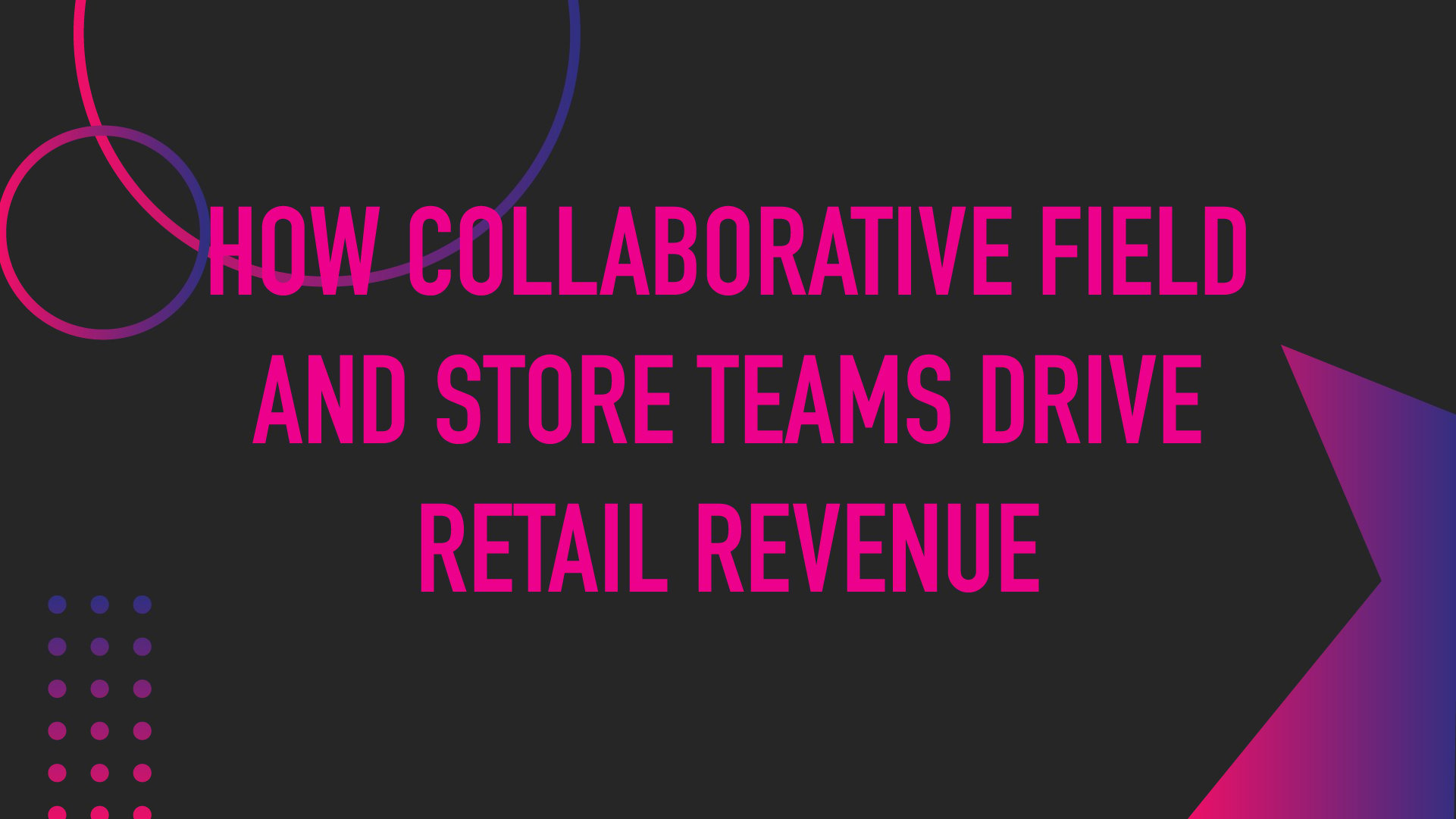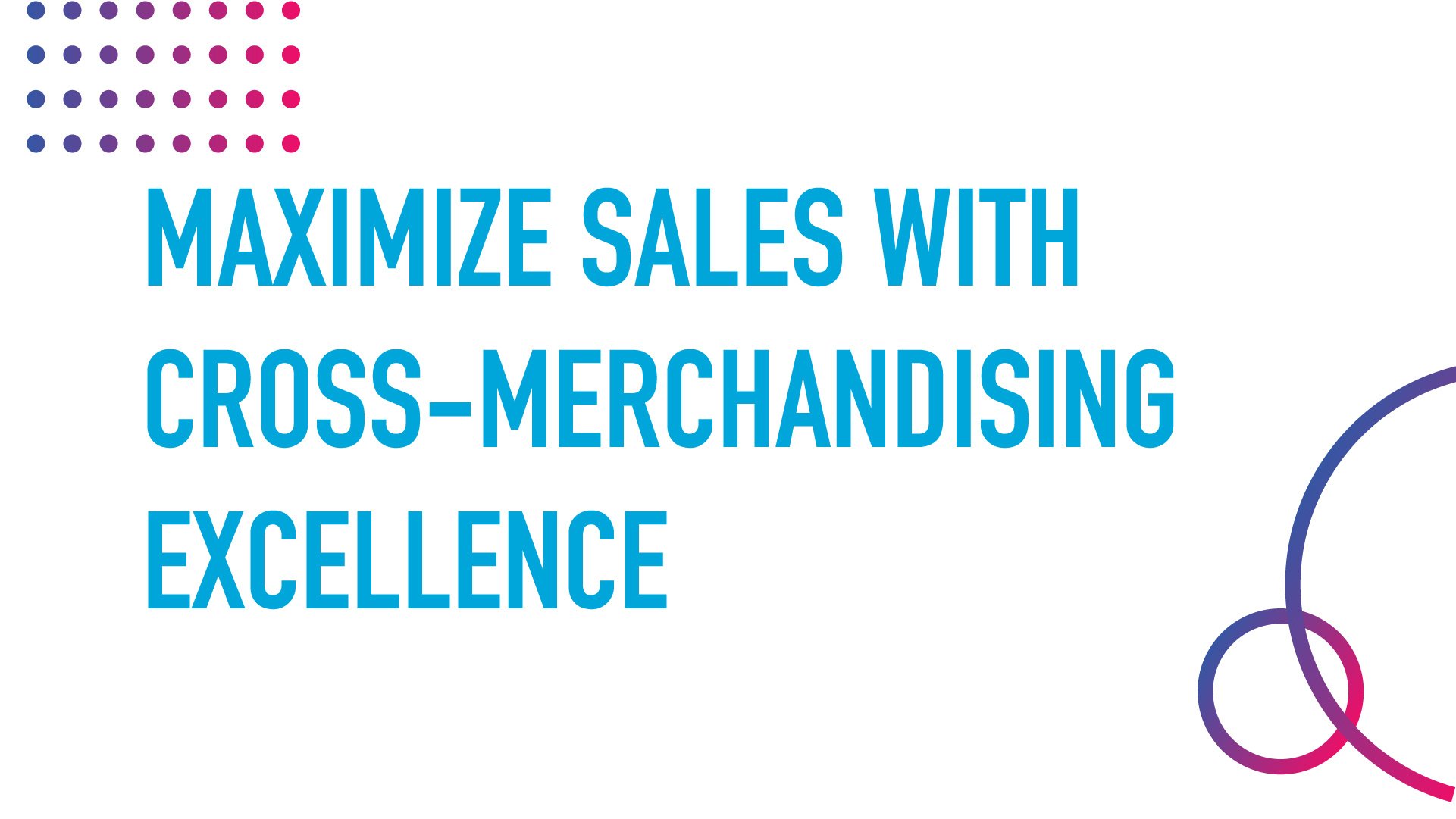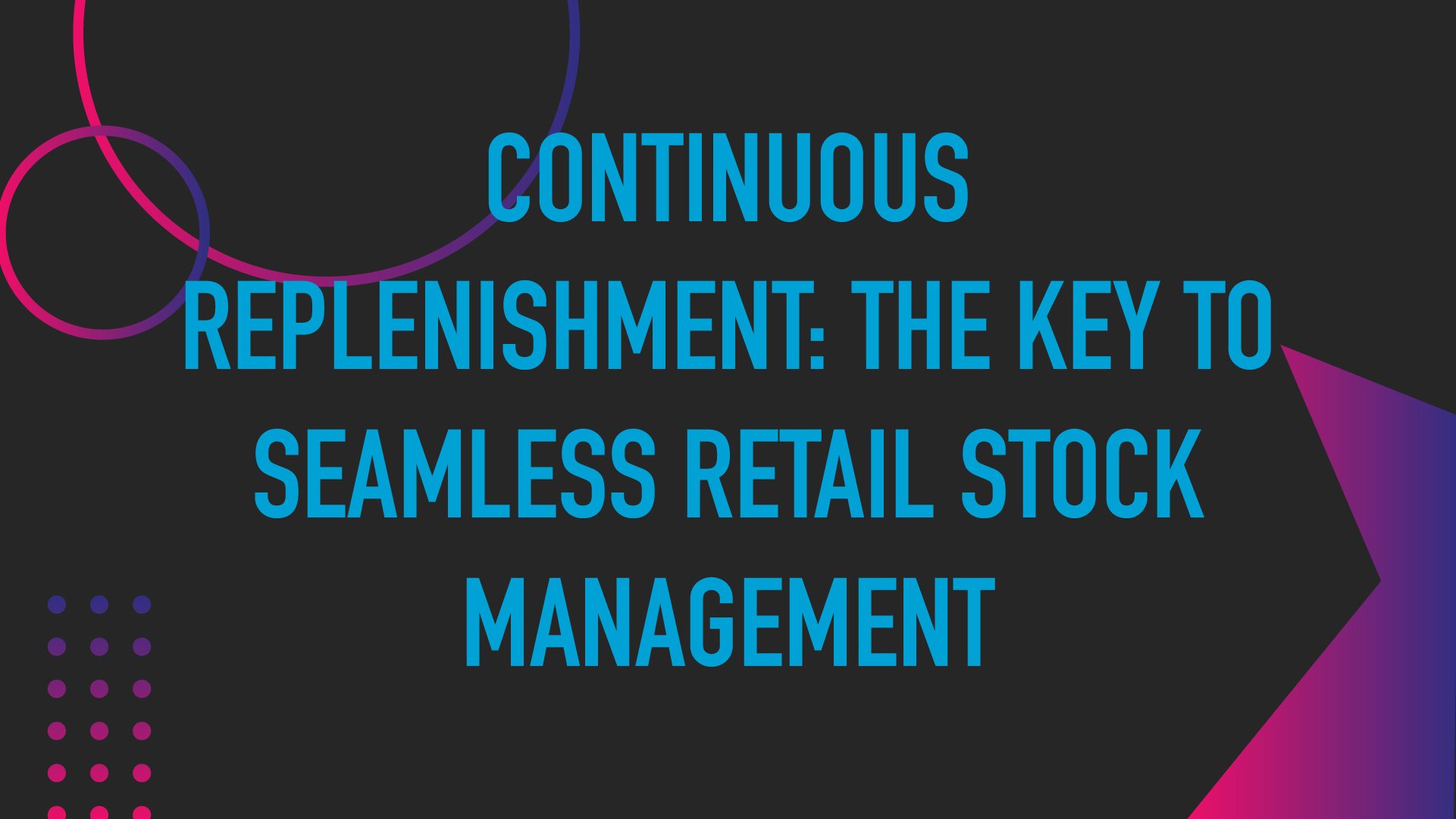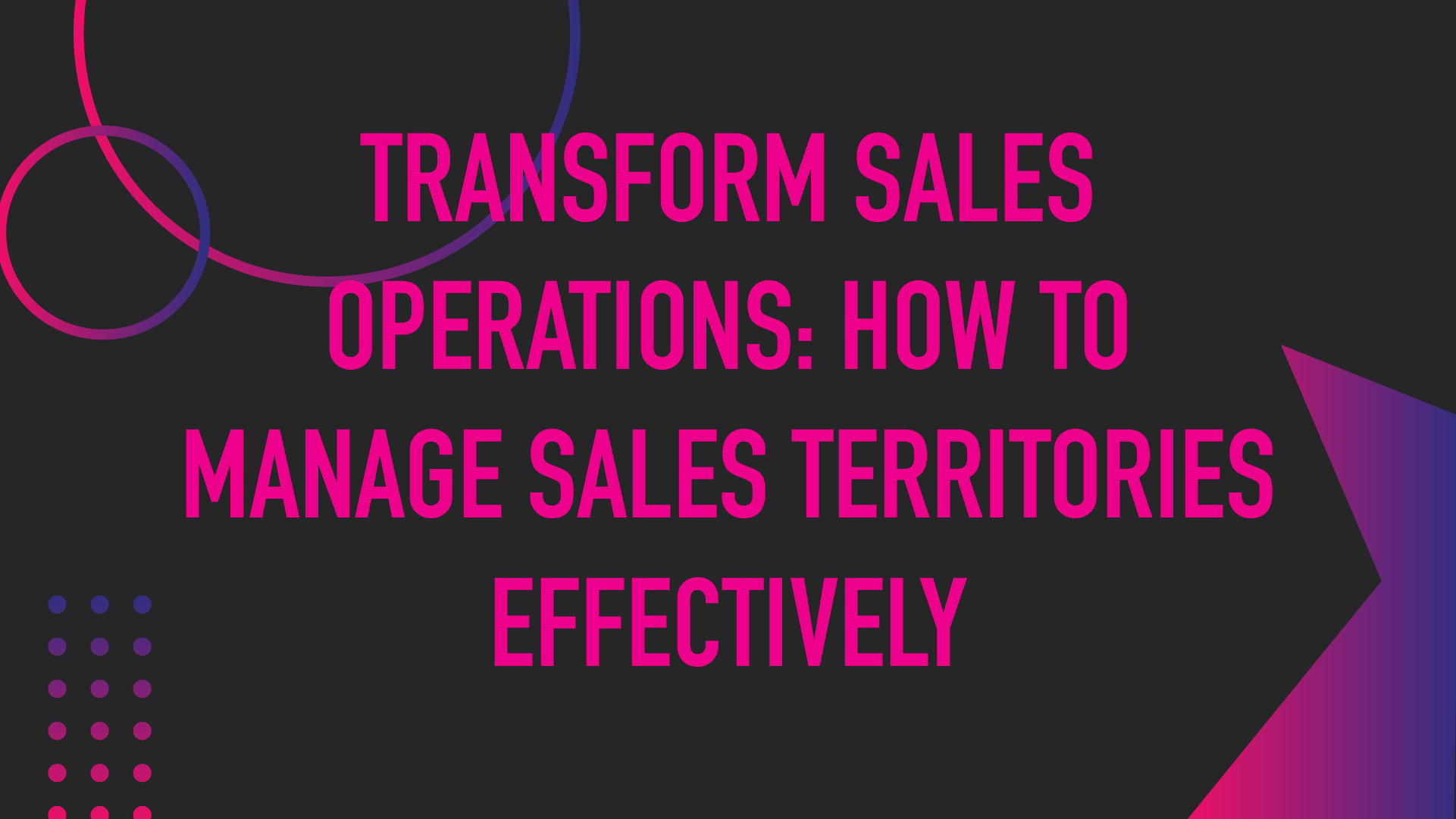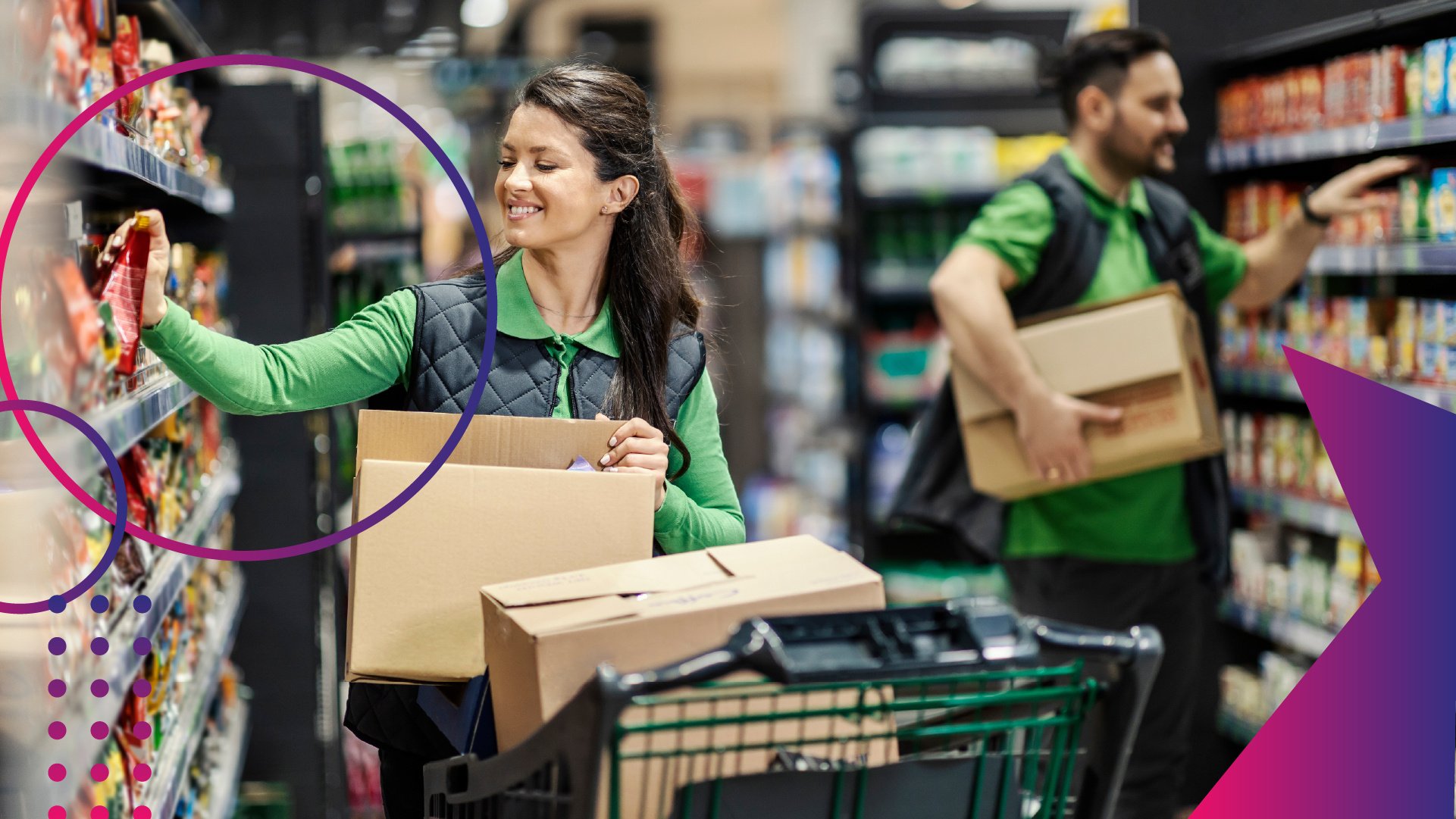Reimagine Store Tasking and Merchandising: 5 Ways to Optimize Retail Execution


Mastering store tasking and merchandising is key to staying ahead of the competition. For CPG brands, effective execution in these areas drives customer engagement, boosts sales performance, and enhances the overall store atmosphere. Teams prioritizing efficient store tasking and merchandising strategies often see significant improvements in their bottom line. Implementing streamlined processes and leveraging technology optimizes workflow and ensures products are displayed attractively and effectively. This saves time and resources while creating a more appealing shopping environment for customers.
One of the most impactful ways to enhance store tasking and merchandising is through advanced retail execution software. These tools provide real-time insights into store conditions, allowing managers to make data-driven decisions quickly and address any issues that arise. By having access to up-to-date information on product placement, inventory levels, and promotional displays, teams can maintain consistency across multiple locations and adapt quickly to changing market conditions.
1. Planogram Compliance:
Planogram compliance plays a pivotal role in shaping the in-store landscape. It offers a strategic approach to product placement that can significantly impact customer experience and sales performance. Adhering to carefully designed planograms creates a consistent and intuitive shopping environment that guides customers effortlessly through their purchase journey.
Thoughtful organization enhances the visual appeal of store layouts and streamlines inventory management processes, allowing for more efficient restocking and reduced out-of-stock situations. Studies show that non-compliance with planograms leads to a $15 billion loss in sales annually. It is crucial to ensure that each product is positioned to catch the customer's eye and facilitate easy store navigation. Consistent product placement boosts customer experience and sales, and leveraging technology can help monitor compliance across multiple locations.
To maintain this critical retail strategy element, forward-thinking brands are increasingly turning to technological solutions such as Photo AI that enables real-time assessment of planogram compliance. These innovative tools empower teams to swiftly identify and address discrepancies, ensuring that each product is optimally positioned to capture customer attention and drive sales performance.
2. Inventory Management:
Efficient inventory management is vital to maintaining a delicate balance between meeting customer demand and controlling costs. Teams can significantly enhance operational efficiency by keeping shelves well-stocked with high-demand items while avoiding excess inventory of less popular products.
Poor inventory management can have severe consequences, including lost sales, decreased customer satisfaction, and increased carrying costs. Conversely, effective inventory management leads to improved cash flow, enhanced customer experiences, and increased operational efficiency, ultimately contributing to a brand's competitive edge in today's dynamic marketplace. Companies that optimize inventory management can see an 8% reduction in total inventory costs.
Fundamental techniques driving this optimization include at-shelf inventory ordering and integrated shelf auditing for less phantom inventory and greater control over shrinkage to maintain accurate stock levels across multiple channels. These tools provide instant visibility into product availability, empowering CPG teams to make informed decisions and respond swiftly to changing market conditions.
Demand forecasting is another aspect of inventory management that teams must address. It utilizes historical data and predictive analytics to anticipate future sales trends, helping teams optimize stock levels and reduce the risk of carrying too much inventory while avoiding stockouts. These methods enable store teams to keep track of their inventory levels, anticipate future needs, and replenish stock immediately.
3. Visual Merchandising:
Over 82% of purchase decisions are made in-store, so visually appealing displays are essential to captivating customers and driving impulse purchases. This strategic approach to product presentation goes beyond simply arranging items on shelves; it's an art form that combines creativity, psychology, and business acumen.
Effective visual merchandising goes beyond simply arranging products; it's about crafting a narrative that speaks to the shopper's desires and needs. By strategically using color, lighting, and product placement, CPG brands can guide customers through a journey that showcases their offerings and creates emotional connections. These elements not only capture attention but also provide valuable information and entertainment, extending the time shoppers spend in-store and increasing the likelihood of purchase.
Innovative brands leverage technology to enhance these visual experiences while tying implementation with planogram compliance. Merging the two operations provides accurate data for assessing the shopping environment and customer behavior, making it a vital component of store tasking.
4. Promotional Execution:
Promotional execution demands a well-crafted strategy to drive customer engagement and create impactful results. When teams approach promotions with careful planning and thoughtful implementation, they unlock a powerful tool for boosting sales and cultivating customer loyalty.
Research consistently shows that 84% of consumers are more inclined to purchase when presented with a promotional offer. This high conversion rate translates to immediate sales boosts and fosters long-term customer relationships. By aligning promotional efforts with customer preferences and shopping behaviors, teams can create a win-win scenario where shoppers feel they're getting tremendous value, and businesses see tangible growth in their bottom line.
The key lies in strategically understanding the target audience, strategically timing promotions, and ensuring seamless execution across all customer touchpoints. When done right, promotional execution becomes more than just a sales tactic; it transforms into a powerful driver of customer engagement and brand loyalty.
Focus on critical steps such as timely setup of eye-catching displays, clear and concise communication of offers across various channels, and continuous monitoring of promotional effectiveness. The precision in coordinating these promotional activities ensures that every aspect, from in-store visual merchandising to online marketing efforts, aligns cohesively to maximize the impact on sales and customer engagement.
5. Task Management Systems:
Robust task management systems have become the backbone of efficient store operations, enabling seamless task assignment, tracking, and completion. By providing a clear structure for task allocation and monitoring, these systems empower team members to take ownership of their responsibilities while fostering a culture of transparency and collaboration.
Beyond mere organization, they significantly enhance communication and accountability within store teams. Research reveals a remarkable increase in task completion rates for companies that adopt systems with integrated communication channels. This improvement in efficiency translates to smoother operations, reduced bottlenecks, and, ultimately, a more positive customer experience. The ripple effect of enhanced operational efficiency extends throughout the entire retail ecosystem, from inventory management to customer service, ultimately contributing to improved overall store performance and increased profitability.
Mastering store tasking and merchandising is crucial for CPG teams and brands to maintain a competitive edge. These five key components of retail execution work synergistically to create a seamless, efficient, and impactful retail environment that meets customer expectations and drives business growth. As the industry continues to evolve, embracing these strategies and leveraging innovative technologies will be essential for brands to thrive and deliver exceptional shopping experiences that resonate with modern consumers.
featured content
featured content

The Importance of On-Shelf Availability in Retail: Why Keeping Items Stocked is Critical for Competitiveness in 2026
Learn why on-shelf availability is critical in today's retail store environment
